|
|
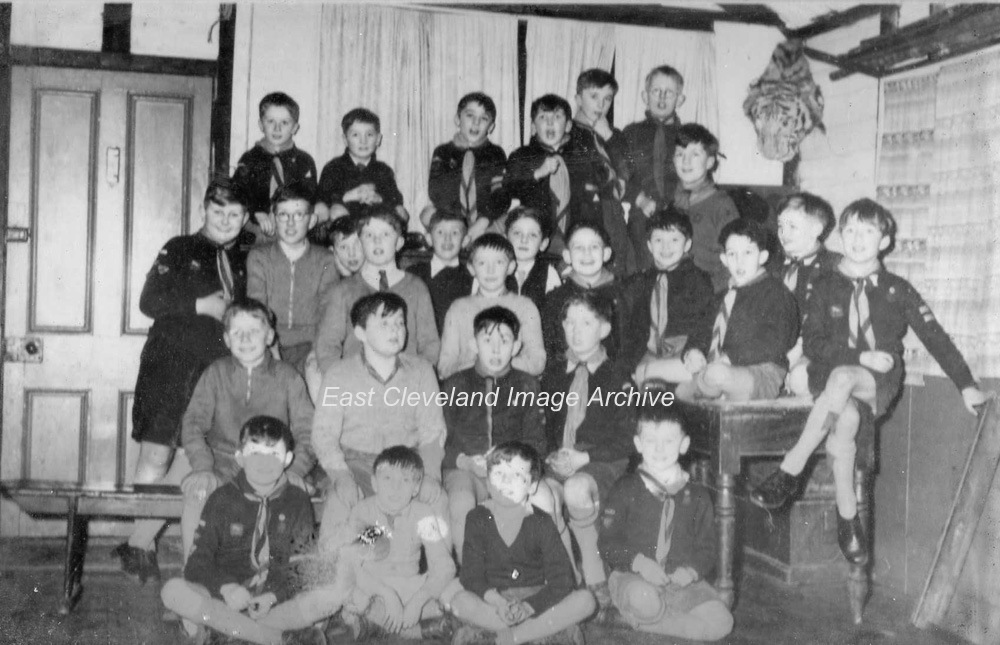
Originally posted this image was listed as Loftus Scouts, but we now know they were Wolf Cubs! This following a comment by Malcolm Covell: “Firstly they aren’t Scouts they are Cubs. I’m 1st left on back row and I was only about 8 or 9 at the time, next to me is Brian Lightfoot ( 2 years younger). Next to him is my brother Dennis Covell (as Sixer = two stripes), he would be about 10; he was born 1947, so it puts the photograph at 1957/58. I can vaguely remember this photo being taken I think there was some sort of big Jamboree that year. Michael Jones is in front of me to the left.”
Back row: Malcolm Covell, Brian Lightfoot, Dennis Covell, ?? , ?? , ?? , ?? .
Third row: Michael Jones, ?? , ?? , ?? , ?? , ?? , ?? , ?? , ?? , ?? , ?? , ?? .
Second row: ?? , ?? , ?? , ?? .
Front row: ?? , ?? , ?? , ?? .
Image courtesy of Stephen Steyert and thanks to Malcolm Covell for that update, can anybody help put a name to the faces?
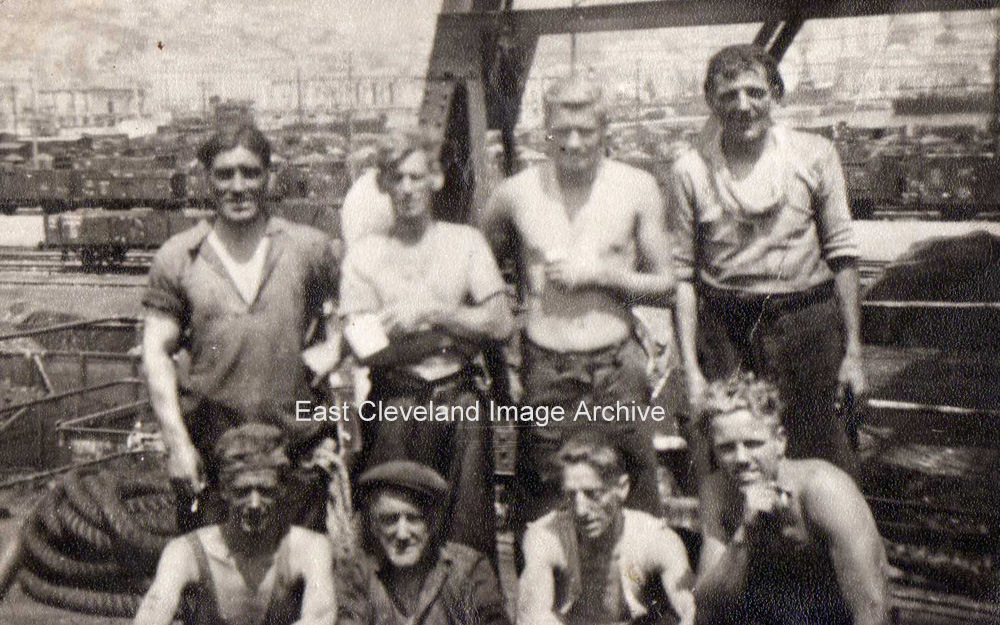
Here’s a happy crew taking a tea-break in the sunshine. It’s Skinningrove works, but which part – and who were they and when!
Eric Trembath tells us:”This looks like the riggers gang. Two of my old work mates top row 2nd right Tony Prior (from Whitby). Bottom row 2nd right Dennis Theaker, sadly now deceased. Many happy years working with them both. I was the last of the ’Grove riggers and retired in 2008, the end of an era! Eric.”
Many thanks to Eric Trembath for that update.
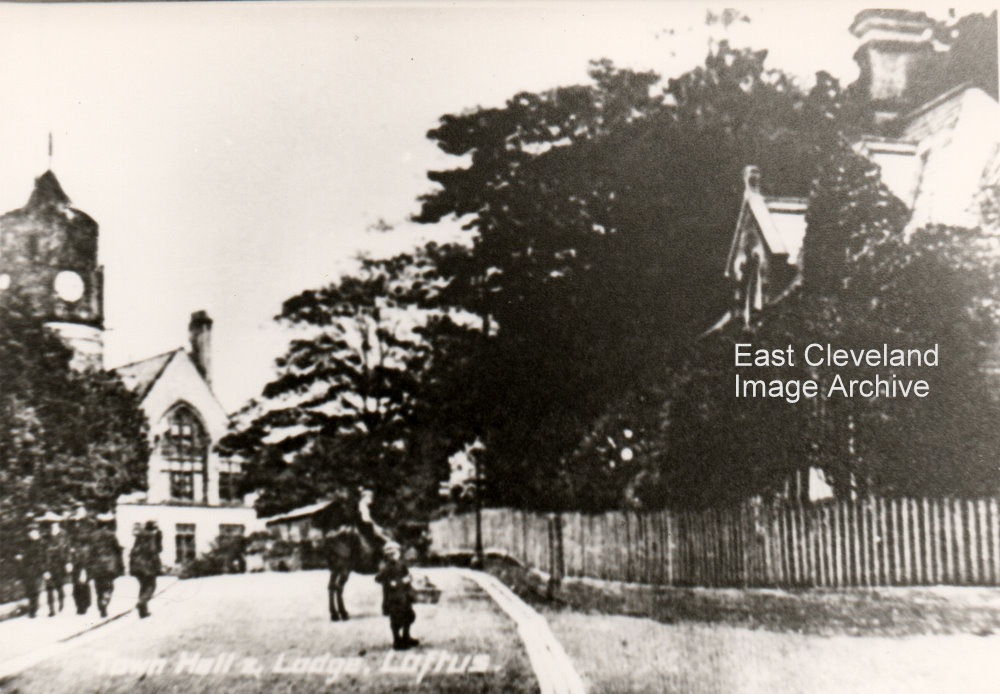
I think this must be the oldest image we’ve got of this well shot scene, again sadly depleted by age. Bromide prints deteriorate in sunlight, they store best in an envelope in a dark drawer – but then why take the picture in the first place! The Archive will hopefully find a better or even perhaps the original of this postcard view of a notable Loftus building.
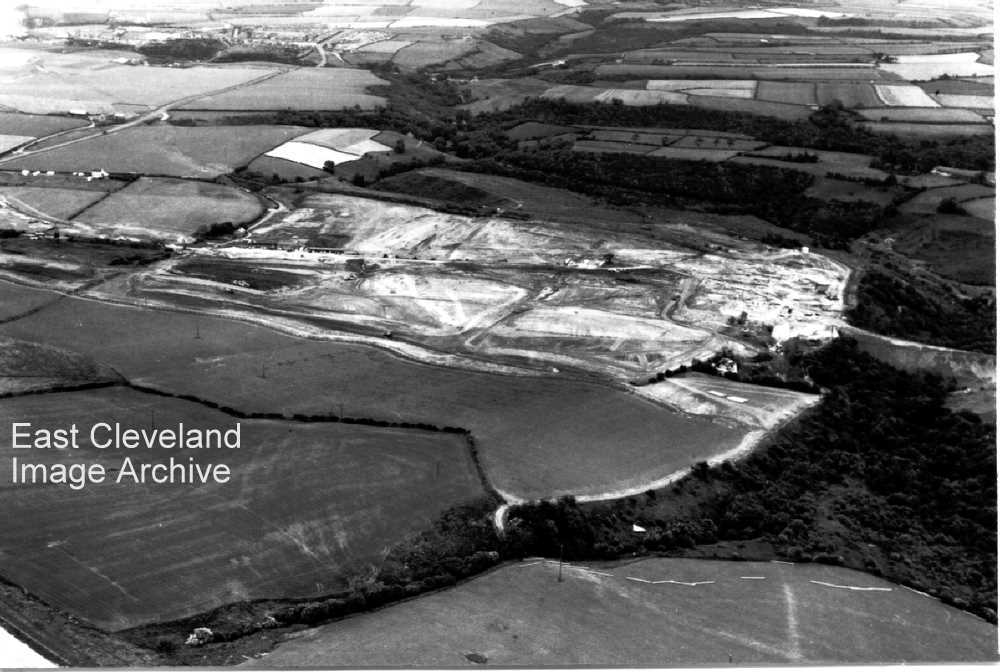
An aerial image of the site with the ground cleared ready for construction.
Image courtesy of Alan Franks.
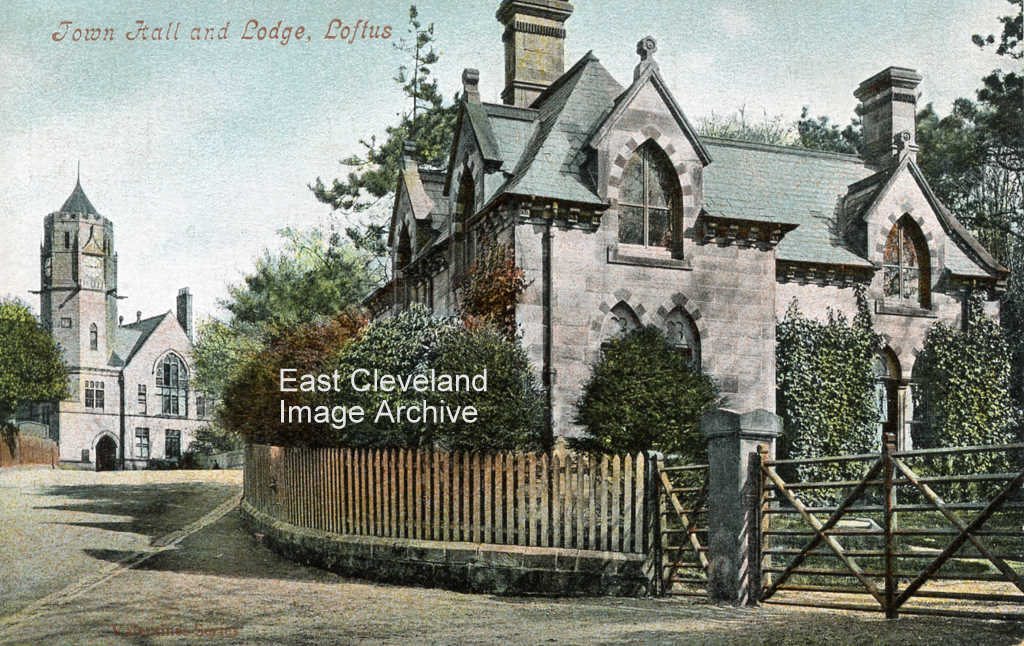
A lovely postcard of the lodge, built in 1869 by the nephew of Sir Robert Lawrence Dundas; at the entrance to the hall, the gates have long since gone and other houses have been built in Hall Grounds. An impressive view of the Town Hall, with the Lodge at the entrance to Hall Grounds as the gated road shown is still known today. Postcard by Cooke’s Fancy Bazaar, Loftus. The architecture of the lodge bears a remarkable resemblance to that of the Town Hall, which was erected in 1879. Perhaps Lord Zetland was so impressed by the Lodge that he commissioned the same architect to design the Town Hall later. The gates led onto a drive that curved past the stable block round to the main house.
Image courtesy of John G. Hannah, additional information courtesy of Jean Wiggins.
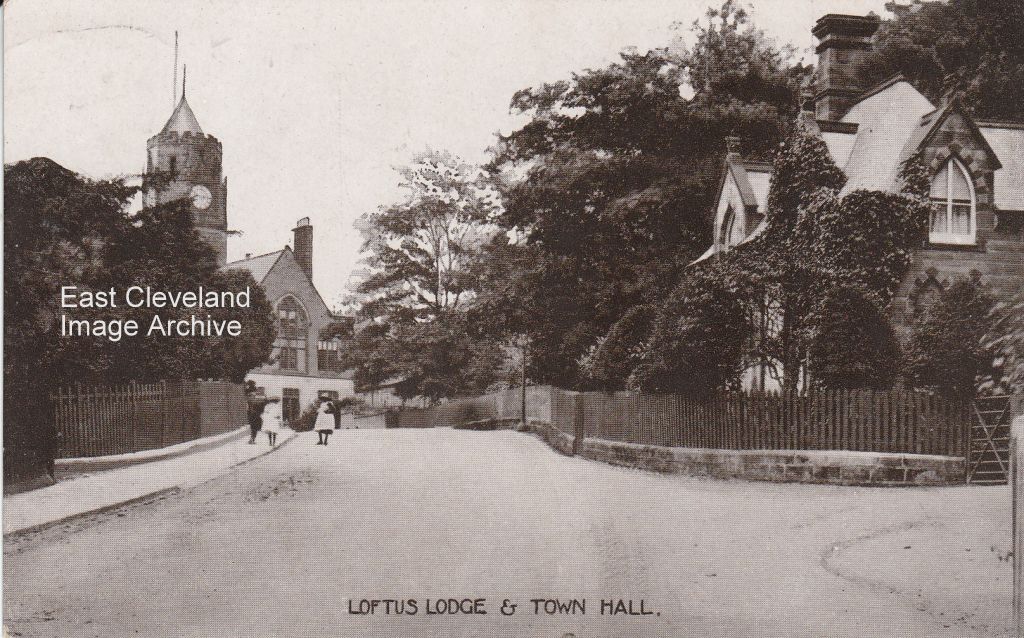
Another postcard from the John Thomas Ross photographer and postcard producer of Whitby; f Hall Lodge and the Town Hall taken from the usual vantage point.
Image courtesy of Ruth Wilcock.
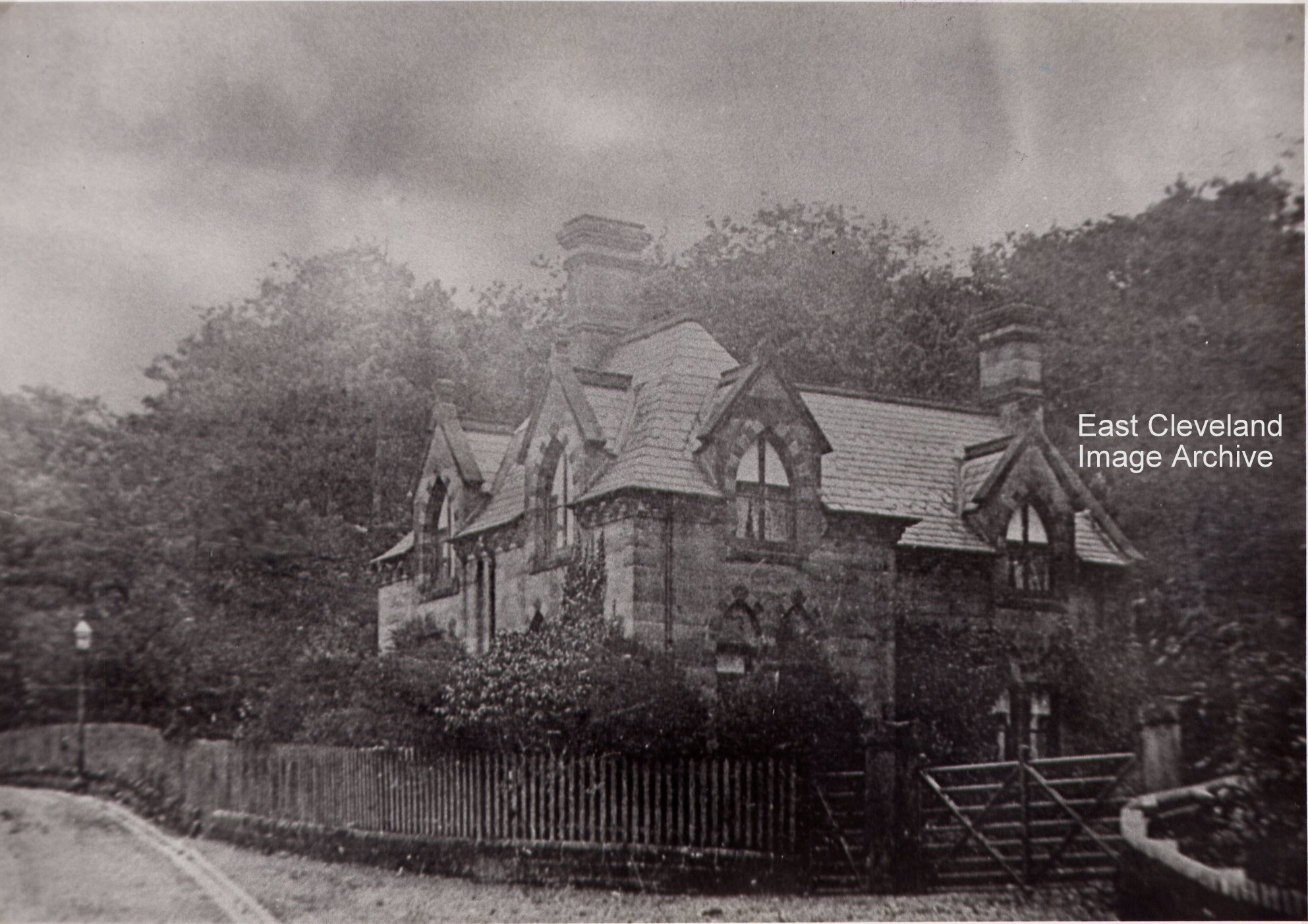
One of my favourite photographs although not as clear as it might be; the lodge house entrance to Hall Grounds, Loftus. It hasn’t changed much over the years.
Image courtesy of the Pem Holliday Collection.
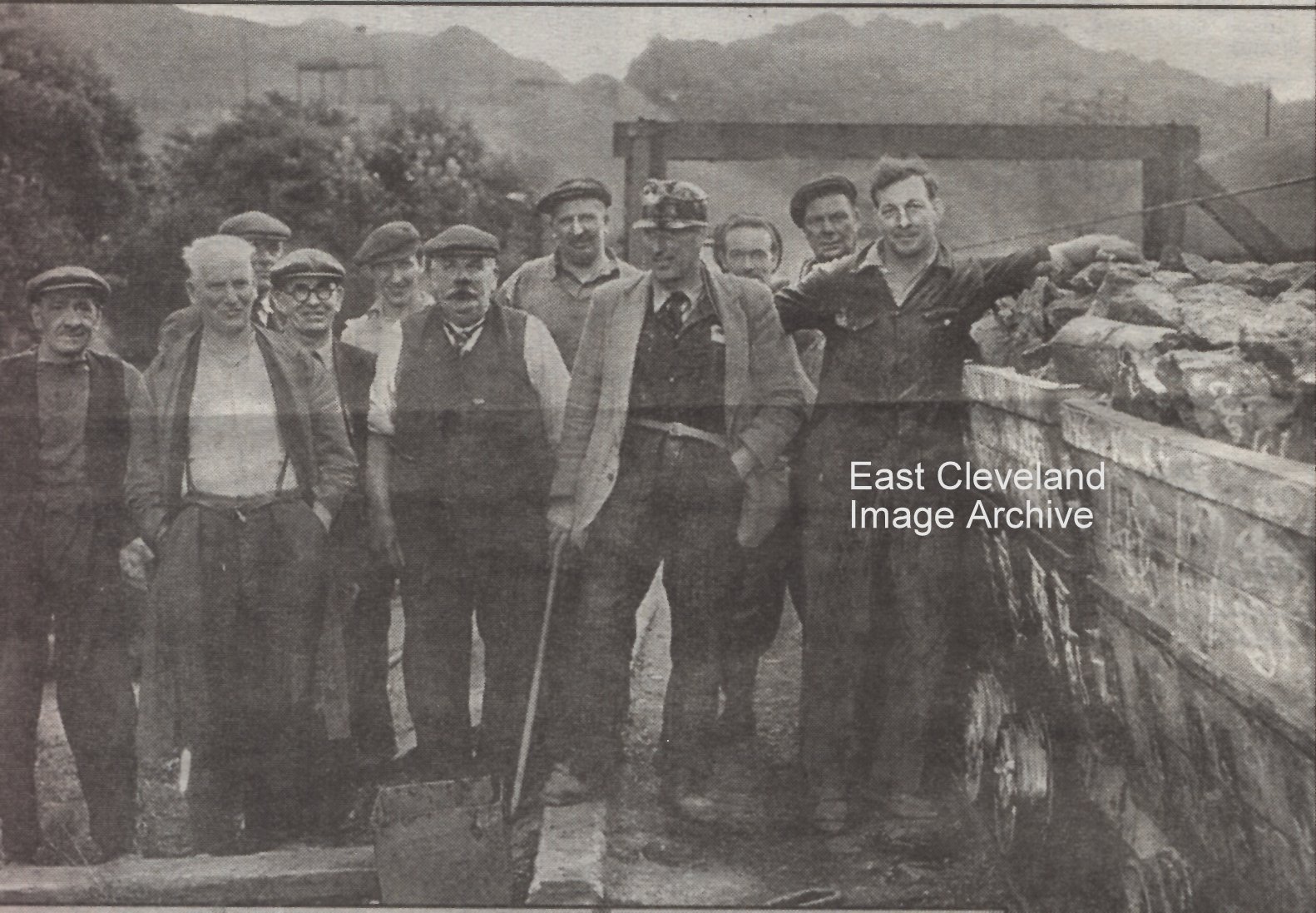
Men of the last shift at Loftus Mine pose with their handiwork. The closing of the mines destabilised a lot of the local communities as people drifted away to find new jobs and eventually moved to be nearer their new place of work.
Back Row: Allan Creswick, Harold Found, Cyril Gibson (blacksmith’s striker), Walter Wilson, Bill Dawson, Don Breckon.
Front Row: Jim Tinkler, Walt Sayers (check weighman), George Adamson, Harold Ralph ‘Lal’ Gibson (blacksmith), Jim Easton (holder of the Daily Herald Award for Industrial Heroism for rescuing Jim Tinkler in an incident which witnessed the death of Jim Trousdale), Allan Readman.
Thanks to Eric Johnson, Joanne Cooper and Cazzi Kerr for names.
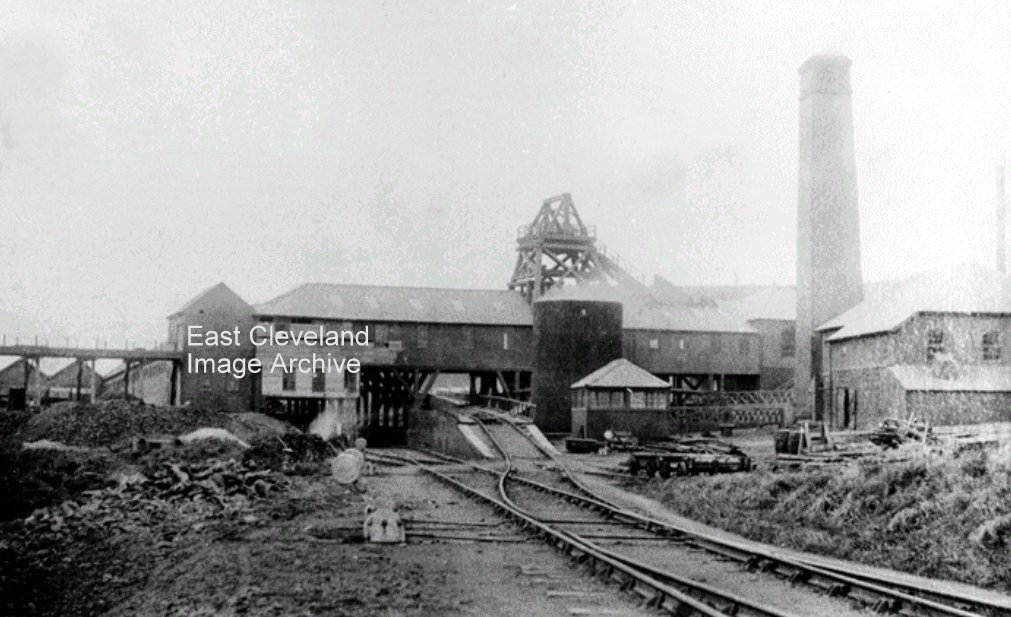
This is an early image of Margrove Park Mine or Magra as it is still known locally. In front of the wooden headgear over the downcast shaft you can see the top of the upcast shaft with the smoke coming from the fire at its base to induce ventilation in the mine. This shaft top was later heightened and a pulley wheel installed on the top; this is now the structure which still survives on the site. The mine closed about 1924; it stood on the site of the present day Caravan Park and connected to the Boosbeck to Middlesbrough railway via a single track which crossed the road from Charltons to Boosbeck with a gated crossing. The village of Margrove Park; known as Magra Park – after the deer park which was here originally – was built in a large rectangle, one side of which was the local shops – all of which were demolished due to mining subsidence (after the mine had closed and they fell into disuse). The only remaining example of a shop (the Co-operative) is the pre-fab building on the opposite side of the road to the village garden. Bob Clements tells us: ”The railway crossing at Magra was a gated crossing. The gates were still there when I was a lad at Magra. That was in the 1940s. I can’t remember when they finally disappeared.” Helen commented: “I have just been walking around this area and found a cordoned off mine shafts in the woods behind the caravan park, but couldn’t tell my younger sister if it was a mine shaft or not!”
Thanks to Simon Chapman for comments and corrections, also Bob Clements for the update on the gates and Helen regarding the former shafts.
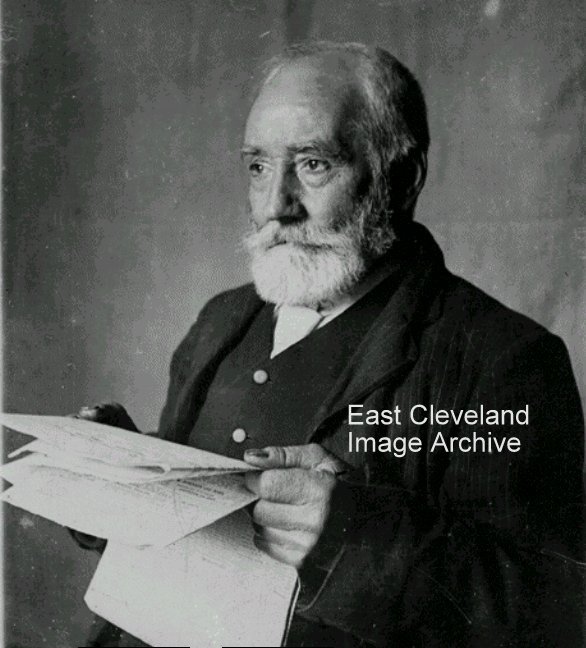
A beautiful portrait of Dyson Nutt in his later years. This Loftus worthy was born in 1844 and was a familiar figure around Loftus as he fulfilled his various duties to the Council. During his life in Loftus he lived in several different houses in Loftus, including Westfield Terrace and the Georgian pillard house in the Market Place. He lies in Loy Lane Cemetery, whose burials he oversaw for most of his working life.
Page 10 of 12« First«...89101112»
|
|










Recent Comments